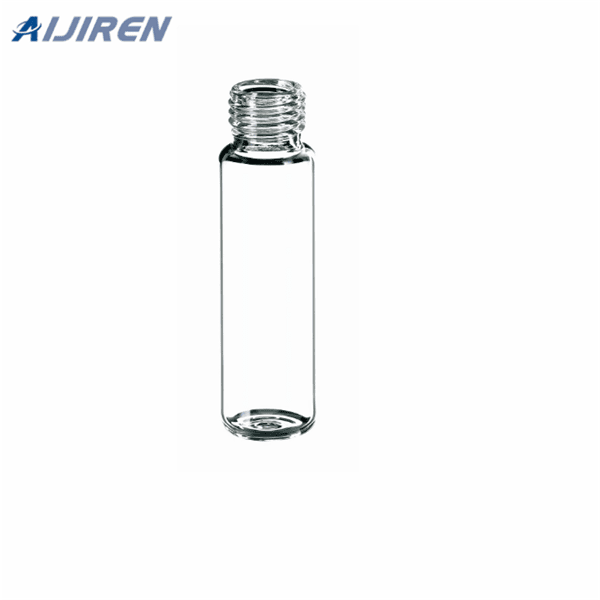.png)
Best practices in phlebotomy. This chapter covers all the steps recommended for safe phlebotomy and reiterates the accepted principles for blood drawing and blood collection ( 31 ). The chapter includes background information ( Section 2.1 ), practical guidance ( Section 2.2) and illustrations ( Section 2.3) relevant to best practices in
.jpg)
Chemical Storage. Chemicals should be methodically stored and organized. Teachers should account for hazardous chemicals and chemical incompatibility when organizing their store rooms. The chemical storage area should be securely locked when not in use. Teachers will have chemicals that are considered hazardous in their laboratories.
.jpg)
The safe storage of hazardous chemicals is an essential part of laboratory safety. Chemical storage is complex—there is no one-size-fits-all plan to store chemicals—but there are regulations, campus requirements, and best practices that can guide the process. The general concept is to prevent chemicals from causing harm to people, property, other chemicals, or the environment.
.jpg)
organization of laboratory services and the commodities needed for laboratory services, and it discusses supply chain considerations for management of laboratory commodities. Cover Photo: Laboratory supplies in a laboratory in Zambia. Taken by Carmit Keddem. USAID | DELIVER PROJECT . John Snow, Inc. 1616 Fort Myer Drive, 11th Floor
.jpg)
4.1.1 Due to the uniqueness of the shared facilities here at the Life Lab, all chemical containers should be labeled with the owner’s name and venture, date received and date opened. 4.1.2 The following are general guidelines to keep in mind when storing chemicals:
.png)
laboratory. 2. Only use appropriate containers for the storage of waste materials (Plastic is preferred). 3. Store chemical waste in a designated Satellite Accumulation Area. 4. Properly label all waste containers. 5. Keep waste containers closed. 6. Contact EHRS for pick-up. 5.1 Waste minimization

Polycarbonate boxes with clear covers let you view contents without removing lids. Use to store 1.2, 2.0 and 5.0ml vials under a variety of conditions from freezer to Glass Clear – Plastic Safe Snap Cap Vials For Vials 1.2 – 2.0ml 1.2 – 2.0ml 5.0ml Places 25 81 81 Dimensions 7.6 x 7.6 x 5.1cm 13.3 x 13.3 x 5.1cm 13.3 x 13.3 x 9.5cm
.jpg)
vials in aluminum foil. If wrapping in foil, include label on outside of foil. Choose appropriate storage containers for samples that need to be stored in a freezer or refrigerator. Ex: cryo tubes Some containers may deteriorate in presence of some chemicals and elevated temperatures, which will contaminate sample--choose inert containers and caps.
.jpg)
Holds just about everything a lab needs Organize your most commonly used laboratory disposables in one central location. Acrylic unit has room to store gloves, Kimwipes®, and Parafilm®. Use bins to store tubes, tips, etc. Place on a counter. Measures 265 x 137 x 440 mm. Related Products: Kimwipes. Compare this item.
.jpg)
bacteriostatic agents, such as the vaccines supplied in single-dose vials. No stability data are available for vaccines stored in plastic syringes. Vaccine components may interact with the plastic syringe components with time and thereby reduce vaccine potency.
.jpg)
This is why The Lab Depot provides an extensive line of glassware made of Borosilicate glass to withstand the demands of any scientific industry. Choose from Beakers, Bottles, Cylinders, Desiccators, Dispensers and Burettes, Distillation Kits, Flasks, Funnels, Jointed Laboratory Glassware, Microscope Slides and Cover Glasses, Tubes, Vials, and
.jpg)
Laboratory Containers & Storage. An organized lab makes it easier to locate and refill supplies as needed, decreasing waste and reducing last-minute ordering while increasing efficiency and productivity. We offer essential, flexible lab storage solutions including bottles and carboys, plates, racks and boxes, reservoirs, sealing films, and
.jpg)
Overview Vials are small containers used to store samples, aliquots of drugs, and other reagents. They are crucial for medical and scientific laboratories, but keeping a full inventory of all the vials in each lab can be difficult.

Nov 18, 2021 · In July 2014, six glass vials that contained the smallpox virus were found in a storeroom in a government laboratory outside Washington. At the time, the C.D.C. said there was no indication that